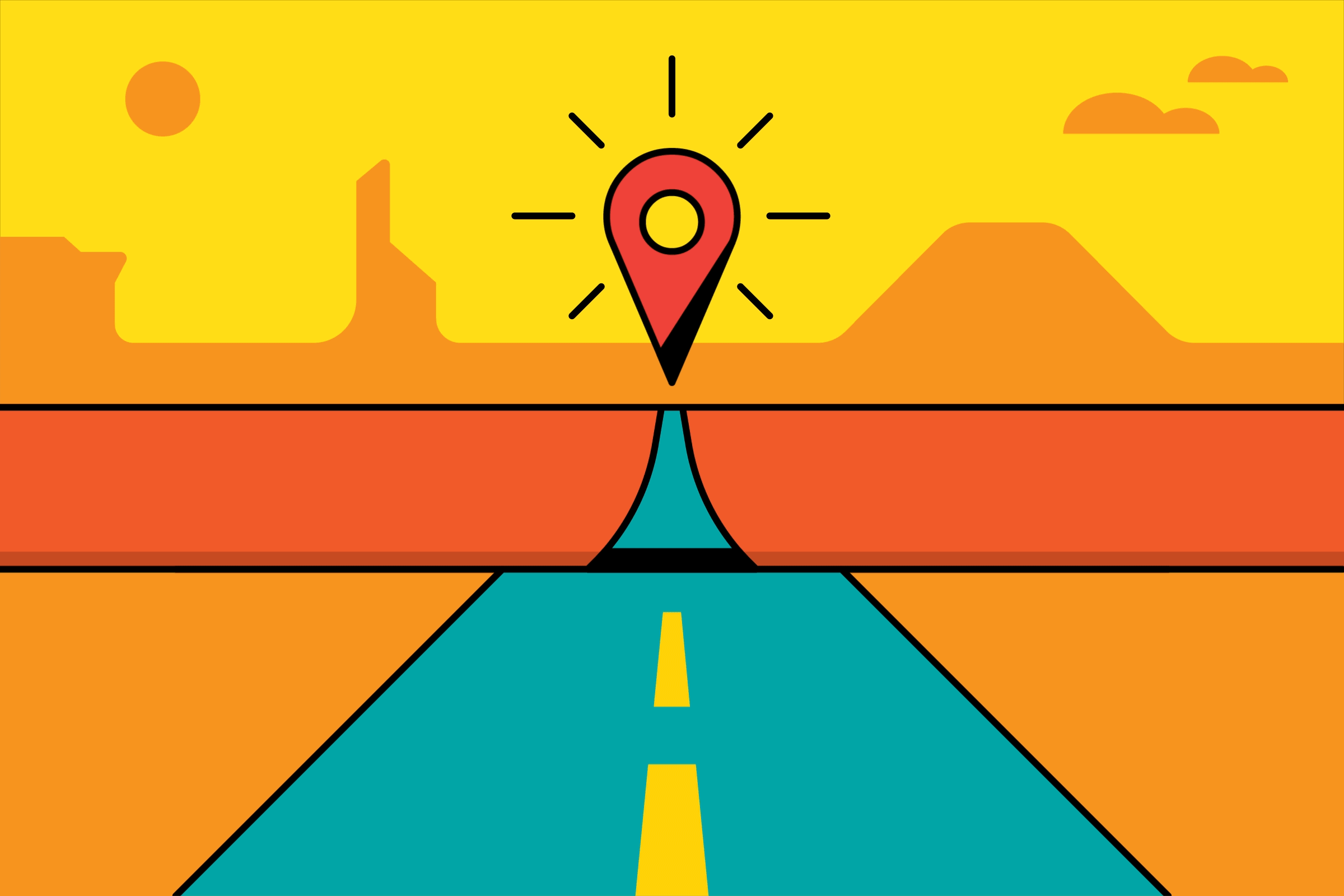‘New West’ Sees Need for Preservation
- Share via
DENVER — 1. Keep your SUV on the road.
2. Don’t snowmobile across fragile mountainsides.
3. Stay on the hiking trails and take your trash home.
These are just three recommendations Westerners have made for “A Handbook for the New West,” being compiled by the Center of the American West, based at the University of Colorado.
The center is conducting community forums in Arizona, New Mexico, Oregon, Utah and Colorado, as well as running a survey on its Web site, to gather material for the handbook, due out next year.
The topics mentioned most often include respect for the environment, controlling growth, and limiting infrastructure and government.
“A good citizen of the West is someone who is thinking through the impacts of their actions and recognizing where they fit into the time and place,” said Patricia Nelson Limerick, a UC professor and chairwoman of the center.
For pioneers, the mythical Code of the West was built around character: Stand up for yourself; rely on yourself; help a neighbor when he is in trouble.
Settlers relied on the land for survival, carving ranches and farms out of the prairie, mining ore, cutting forests into timber.
Reliance on such things are long gone, mostly replaced by jobs in high-tech and service-oriented industries.
For many, the priority is to preserve as much as they can of the landscape, from the deserts of New Mexico to the peaks of the Rockies and beaches along the West Coast.
Government officials are trying to curb the sprawling metropolises by setting limits on growth and managing traffic congestion and smog.
Ben Hammond and his wife, Lisa, moved to Victor, Idaho, because of the small-town atmosphere, majestic scenery and easy access to wilderness areas. The town of about 4,500 sits on the western slope of the Teton Range.
Even there, the booming population and growth are having an impact, causing many to feel they have lost the sense of why they moved there, said Hammond, a member of the Teton County Planning and Zoning Commission.
In addition to large development proposals, he said, “Some of the outback areas that we’ve been skiing at for years are now being encroached upon by snowmobiles.”
Mountain slopes that once offered untouched snow often are marked by horseshoe-shaped loops left by snowmobilers testing the climbing limits of their machines.
“Used to be the terrain used to limit where they could go,” Hammond said.
Although Westerners express concerns about growth and the environment, Limerick said the independent spirit that modern residents have inherited from the Old West could hamper the preservation of recreational opportunities and the West’s beauty.
“There’s a sense that rugged individuals don’t stand at the corner waiting for the bus,” Limerick said. “You wouldn’t see John Wayne on the corner waiting for the bus.
“The common good requires individuals to say, ‘Not this weekend, because the trails are really getting pounded up there,’ ” Limerick said. “But an independent Westerner might say, ‘Me? I shall determine what I shall do.’ ”
Despite the impacts of industries and people, parts of the Old West remain, and cowboys on horseback still move cattle.
“There’s nothing like doctoring them and herding them right in the middle of nowhere,” said Jeff Kipfner of Clay Center, Kan. Kipfner, who makes and sells leather chaps, helps a friend herd cattle three weeks a year in Colorado.
George Sibley, a lecturer at Western State College in Gunnison, said a simple code of the West developed between ranchers and non-ranchers is threatened.
“Leave the rancher’s gate the way you found it,” Sibley said. “People don’t know that now. They see a gate that’s open and they’ll close it. Sometimes a gate gets deliberately open. Or they’ll open it and let somebody’s cow out.”
On the Net: For information about the center’s study, visit the Web site:
https://www.centerwest.org.
More to Read
Sign up for Essential California
The most important California stories and recommendations in your inbox every morning.
You may occasionally receive promotional content from the Los Angeles Times.













